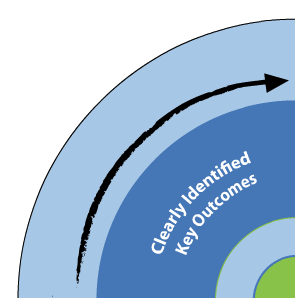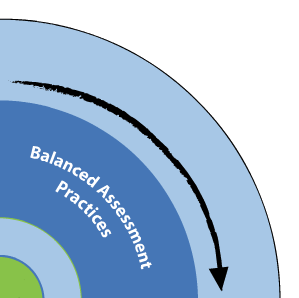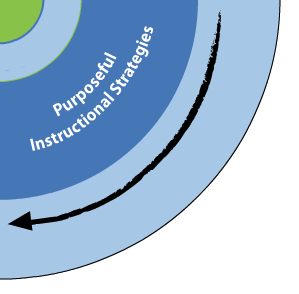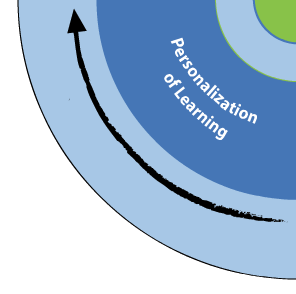Metacognitive skills - Determining Importance
Determining Importance
Page Navigation
(Click to jump to section)
| Brief Explanation | Research | Clearly Identified Key Outcomes | Balanced Assessment Practices | Purposeful Instructional Strategies | Personalization of Learning |
Brief Explanation
Distinguishing between what information in a text is important for comprehension versus what information is interesting
Research
- In narrative genres, determining importance requires the reader to identify main ideas and infer themes of the story
- In nonfiction, determining importance is more about retaining important information and learning from the text
- “determining important ideas and information when reading is central to comprehension and moving toward insight” (Harvey and Goudvis, 2000)

Clearly Identified Key Outcomes
Use your programs of study for curriculum outcomes related to determining importance.
Please refer to CESD’s Essential Outcomes work if you are using the previous Alberta Curriculum (Grade 7+).
Here is the New Alberta ELAL Curriculum, from the New Learn Alberta website, laid out like a scope and sequence.

Balanced Assessment Practices
- Content area achievement
- Identifying/Summarizing the most important items from a text (cite specific textual evidence)
- Conversations
- Comprehension questions
- Recall of important items from text – sorting important information – rocks, sand, water
- Generating questions related to important items/themes from text

Purposeful Instructional Strategies
PRE
- Establishing a purpose for reading (to find important ideas/themes vs. reading for leisure)
- Explicit instruction on the difference between important and interesting ideas from text
- Explicit instruction on finding supporting evidence for important ideas
- Think-Aloud Strategy Demonstration: teacher models how they reflect on text to determine important ideas and/or themes. Possible reflection strategies to model:
- Main ideas are supported with details.
- In nonfiction, there is often a main idea in every section.
- Using text features to distinguish important from unimportant information.
- Good readers slow down when they think something is important or worth remembering.
- Model making inferences to find the theme of a story.
DURING
- Think Aloud: the teacher shares his/her thinking as they make connections.
- Frequent modelling: the teacher models how proficient readers make connections.
- Guided practice with emphasis on students’ early attempts to articulate their thinking and use of the strategy.
- Use reflective journals, conversations, diagrams, organizers and charts for students to record and share their connections. Ex. Thought bubbles, Venn diagrams etc.
POST
- Students make connections and are able to articulate their thinking using a variety of formats.
- Revisiting KWL chart and other graphic organizers – new (or further) connections may be made after reading – revising thinking – connections from this text become background knowledge for future texts
RESOURCES TO SUPPORT OVERALL DEVELOPMENT
- Focusing on determining importance in both whole-group read aloud activities as well as independent reading
- Allowing all students to respond through a “think-pair-share” strategy
- Listening to students share their thoughts in a whole-group or paired setting allows for informal assessment, informing the need for more specific or individual support with students who need it
- Providing opportunities for students to independently practice specific strategies which they may be struggling with





Personalization of Learning
- Focusing on determining importance in both whole-group read aloud activities as well as independent reading
- Allowing all students to respond through a “think-pair-share” strategy
- Listening to students share their thoughts in a whole-group or paired setting allows for informal assessment, informing the need for more specific or individual support with students who need it
- Providing opportunities for students to independently practice specific strategies which they may be struggling with